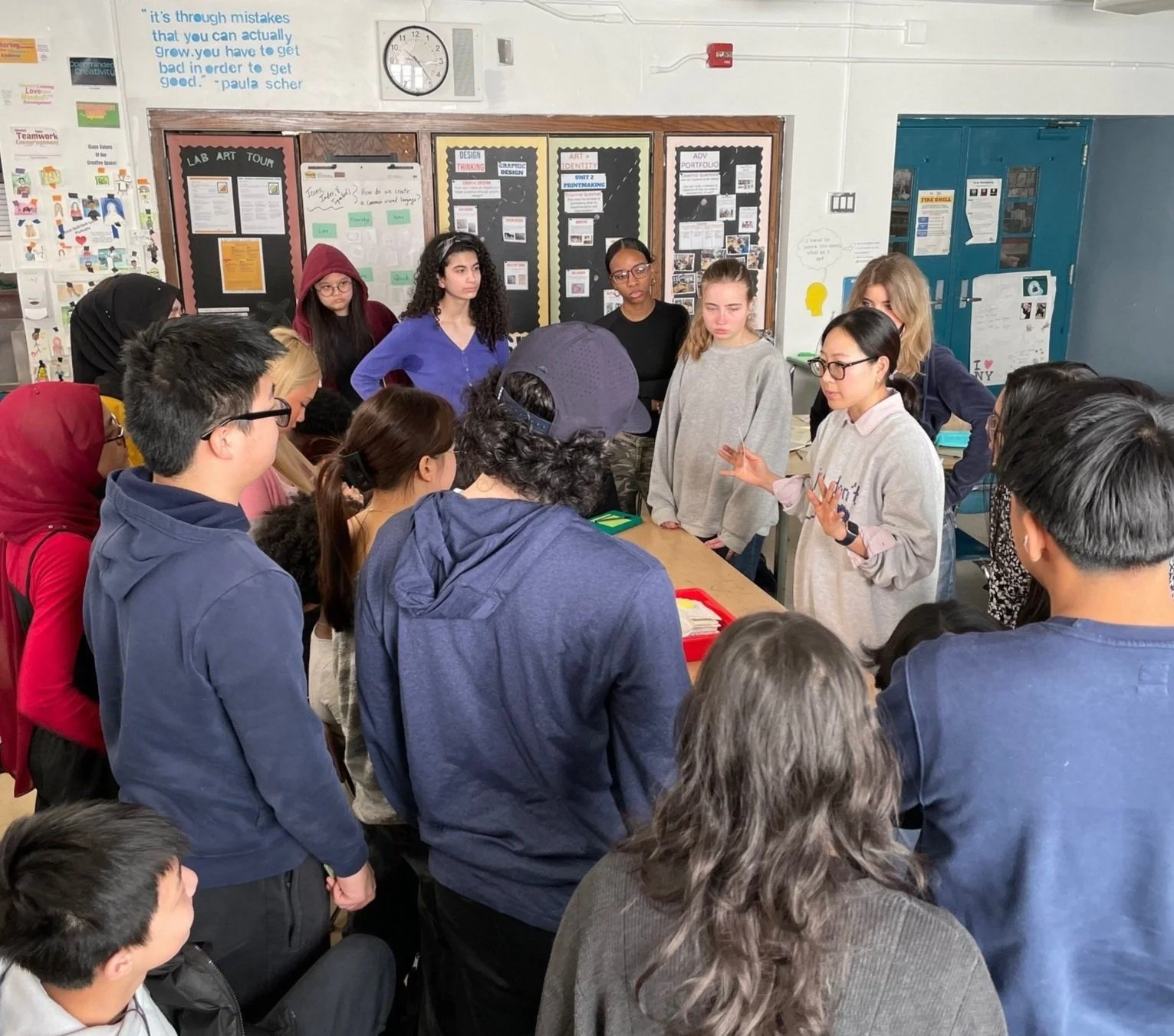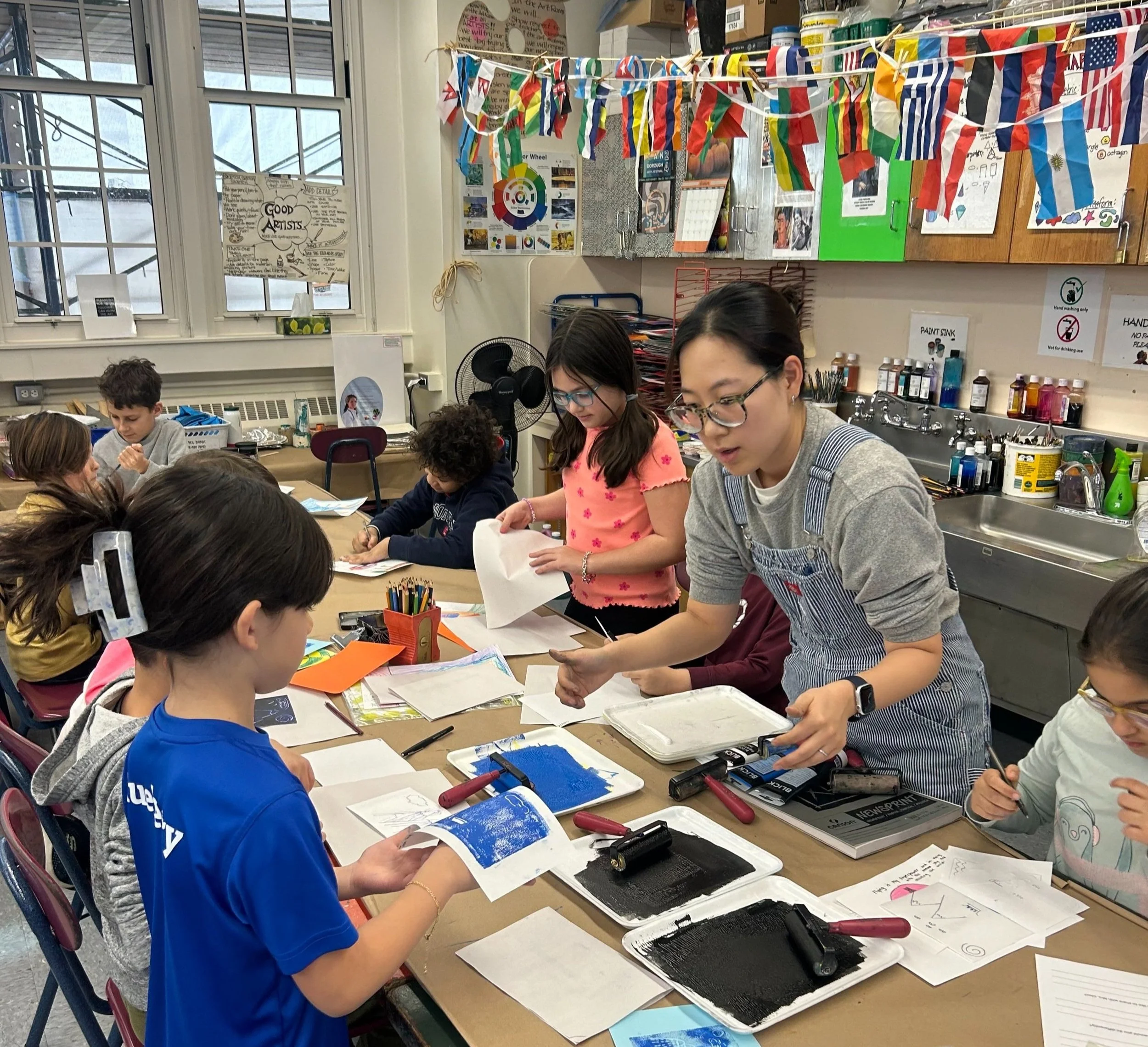Teaching Philosophy
My father has influenced my creative thinking, and he is my muse. I clearly remember how I dreaded rainy days, gloomy weather, and the discomfort of wet shoes and socks, which only intensified my unhappiness. He frequently asked, “What if you invent something that could change how you feel?” He would challenge my ideas and promote his own, and together we crafted whimsical concepts. The process I have developed through this experience is STEM design.
I have learned that the core of art lies in experimentation, where mistakes are an integral part of the process and lead to a deeper understanding. I encourage my students to examine projects from various angles, acknowledging that there could be multiple ways to create. Also, a small experiment or practice before diving into bigger projects helps students understand the process through hands-on activities.
Furthermore, encouraging curiosity and peer feedback enhances projects by incorporating diverse perspectives and viewpoints. Throughout my student teaching in elementary and high school, I have seen students thrive as they explore different materials and ideas with their curiosity. It's common for them to fixate on specific problems or struggle during the creative process. I motivate them to view projects from multiple perspectives, understanding that creativity isn't linear.
Like my father, as an art educator, my job is to inspire and assist students by offering suggestions they can pursue in a nurturing environment where they feel valued. It's crucial to meet students where they are. As a team, we will explore new concepts from multiple angles by motivating each other in our artistic journeys. Moreover, consistent expectations for all students are vital. When students understand the lesson, the quality of their work may vary significantly, as there are no absolute right or wrong answers in art. I might learn something new from the student’s exploration. As a teacher and artist, I will continue to explore different art-making areas and techniques I can share with students.



